To prevent the bottle from harming your health: choose a safe container for water and drinks
Most of the various containers are made from petroleum products, and choosing safe water bottles is not the easiest task. We offer a short overview of different types of food plastic. Find out which is better for health - glass bottles, plastic, aluminum or some others?
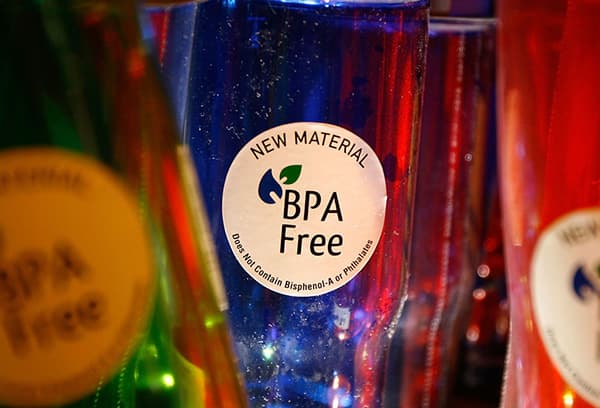
Which plastic is safe?
Plastic in one form or another is found almost everywhere - in food packaging, bottles, bags, dishes, etc.
Plastic has many advantages:
- low cost;
- ease;
- fortress;
- variety of shapes and colors;
- it can be frozen and reheated in a microwave oven.
But at the same time, there is also a huge disadvantage - possible harm to health. Not all plastic is suitable for storing water. Some of its species are capable of releasing harmful substances in liquids. Heating the container speeds up this process.
You can determine that water bottles are safe for health by marking the bottom with BPA-free or BPA-0 - “BPA-free” (Bisphenol-A).
Types of plastic bottles
All plastic bottles are made from petroleum products. But in essence they are very different. The most dangerous are those to which phenols are added, in particular bisphenol-A. Numerous studies have confirmed that they inhibit the endocrine and reproductive systems, negatively affect the functioning of the brain and cardiovascular system, and contribute to the development of malignant tumors.
There are different types of plastic bottles. Among them:
- PET 1 – polyethylene terephthalate. Mainly used in the production of bottled water. Non-toxic, but intended for single use. PET 1 is not resistant to high temperatures and alkalis. It won't be possible to wash it well. But such plastic is completely recyclable and does not pollute the environment.
- PP (PP) 5 – polypropylene. Heat-resistant safe plastic, which is used to make food containers and dishes for children. The reusable polypropylene bottle is reliable and does not cause harm to health.
- O (OTHER) 7. The largest group of plastics, among which the most common is polycarbonate (PC). It is used to make 19-liter water bottles and baby feeding bottles. May contain bisphenol A. And although Russian scientists claim that this compound does not pass into cold water, such plastic is prohibited in the USA and a number of other countries. Data from different studies on its harm are contradictory.
Bottles in which water or other drinks are sold are disposable! The plastic from which they are made cannot be disinfected.
Let us remind you that the water container becomes dirty when it comes into contact with your lips. If you drink from the bottle, within a day the liquid inside and the container itself will be teeming with bacteria. Hence, in the old days, they said “don’t drink from your throat.”
What about glass?
It is believed that drinks in glass containers retain maximum of their taste. This is true. And glass definitely does not release any harmful substances into the water.
The main advantages of glass containers:
- preserves the taste of water;
- extends its shelf life (water in glass is stored for 3 years, and in plastic - 1 year);
- health safety;
- ease of care - bottles can be washed, sterilized, treated with chemicals;
- environmental friendliness - processed at the plant without waste.
But there are some drawbacks here: glass bottles break and are quite heavy.
Modern water bottles are made from impact- and heat-resistant borosilicate glass. In addition, many manufacturers complete their products with a protective sleeve, for example, made of silicone. But this does not protect against serious external influences. Glass is glass. If dropped from a height onto a hard surface, the product will break.
Aluminum and steel flasks
They belong to the premium segment and are completely safe for health. Aluminum and steel water bottles have many advantages:
- durable;
- preserve the taste and quality of water;
- easy to clean;
- maintain the temperature of drinks;
- look stylish.
The main and, perhaps, the only drawback of water bottles made of aluminum and steel is the high price. One product costs 2000 rubles or more. If we compare these two materials, steel is almost eternal, but heavier than aluminum. An aluminum flask is lighter but less durable. A strong impact from a fall may leave dents on it.
How to choose a bottle - important parameters
When choosing a suitable water bottle, it is important to pay attention not only to the safety of the materials, but also to other characteristics.
7 important parameters:
- Tightness. The lid must close tightly and not leak. It would be good if it has protection against accidental opening.
- Ergonomics. It is important that the bottle fits comfortably in your hand. To do this, you should pay attention to the presence of an anti-slip coating and grooves for fingers.
- Volume. Water bottles with a volume of 1 liter are recommended for men, and 0.7–1 liter for women. For children and teenagers, a volume of 0.5–0.7 liters will be sufficient.
- Marking. Don't buy unlabeled plastic water bottles. It is likely that they are made from toxic materials.
- Comfortable neck. There should be a guide collar on the wide neck, which will allow you to avoid spilling while drinking.
- Possibility of disinfection. It’s good if the bottle material is heat-resistant and can be sterilized and dishwasher-safe. It is also worth paying attention to the shape. The simpler and more concise it is, the easier it is to use a brush when washing.
- Additional functions. There are water bottles with a secret pocket, with a sprayer, a filter, a shaker, and collapsible (rollable). Think about which features would be useful to you personally.
List of the best
Among the companies producing water bottles, there is a rating. In the top five:
- Klean Kanteen (from 2700 rub.). American brand bottles are made of food grade stainless steel. They fully preserve the taste of drinks and do not absorb odors. Thanks to the rounded corners and threaded neck, the products are easy to clean.
- Uzspace (from 1300 rub.). Made from safe, improved plastic - Tritan copolyester. The material is wear-resistant and retains its excellent appearance even after 2000 cycles in the dishwasher. The bottle is equipped with a latch that protects against accidental opening in a backpack and protects the mouthpiece from dirt.
- Contigo (from 1300 rub.). The bottles of the American company are distinguished by a variety of designs. For example, the popular Autoseal Kangaroo model has a lockable pocket for money, cards and keys. The material used is safe, BPA-free plastic.
- Cheeki (from 2000 rub.). The water bottles are made from luxury stainless steel. Cheeki is a sales leader in Europe and the USA.The Australian brand offers a lifetime warranty on its products.
- KOR (from 1000 rub.). American-made bottles can often be seen in science fiction films. They are made of high quality plastic and silicone, which are safe and do not contain harmful impurities.
All of the above water bottles are used in tourism and sports. If we talk about products for children, bottles from the following companies are famous for their safety and high quality:
- Philips Avent;
- Medela;
- Brown;
- Nuk;
- Pigeon;
- Tommee Tippee.
True, they are not cheap and cost about 600–800 rubles.
If you want to be sure of the quality of your water bottle, give preference to well-known brands. They value their reputation and spend a lot of time and money on careful product control and research.
After familiarizing yourself with the types of materials for bottles, you should decide what suits you personally. High-quality plastic, glass, aluminum and steel are equally safe for health. But they all have their advantages and disadvantages. Glass perfectly preserves the taste and quality of water, but can break. Plastic is inexpensive, practical, but has a limited service life. Aluminum flasks hold temperature well, but are expensive and can become deformed. Steel bottles are practically eternal, they retain the taste of water and temperature well, but have a high price.
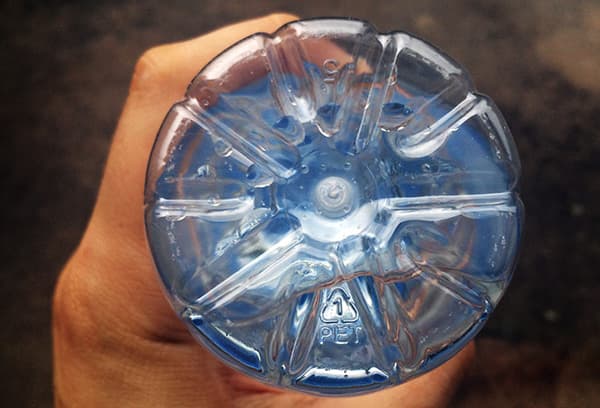
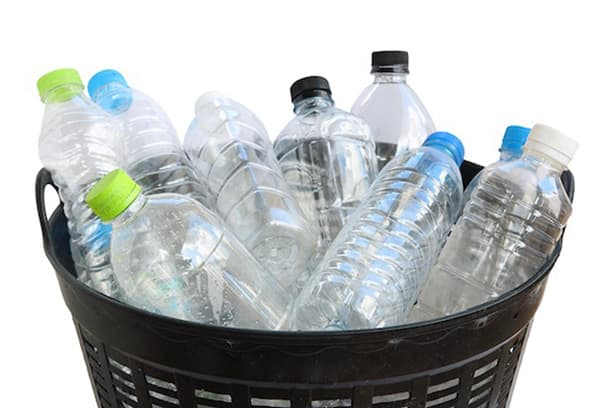
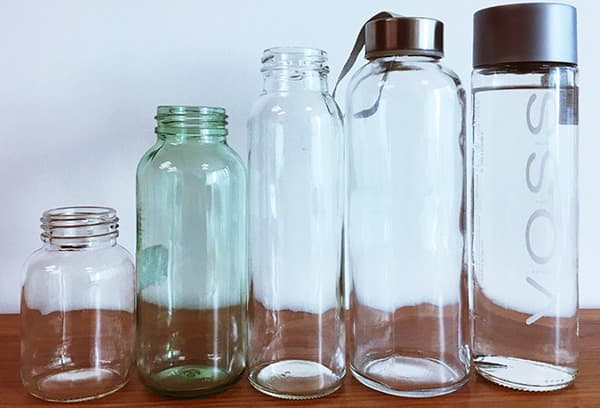
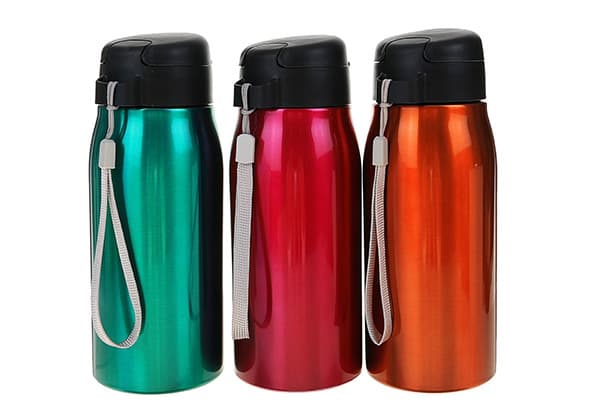
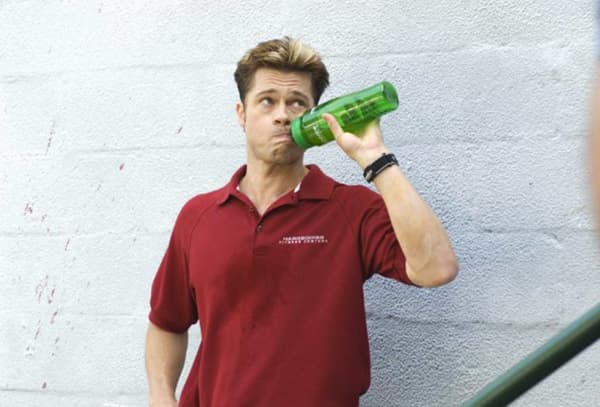
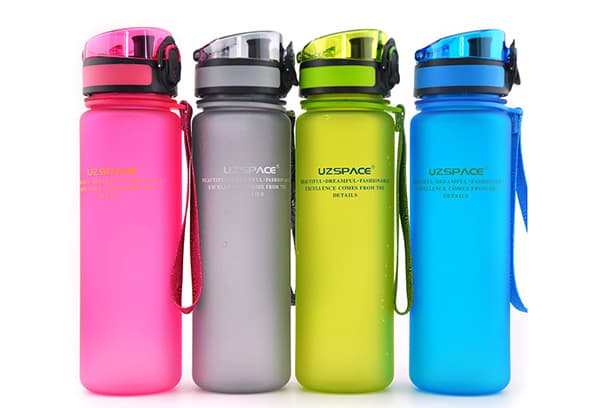
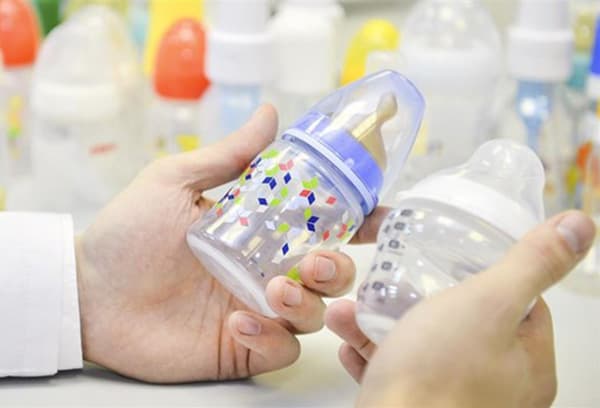
I checked my plastic bottle. It says O7. When I bought it, I made sure that there was no PET1, but I didn’t even know about O7. We need to buy a new one. Most likely steel.